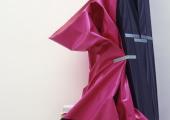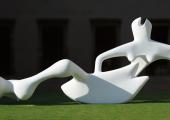Newspeak: British Art Now, Saatchi Gallery
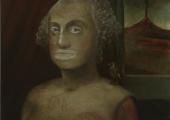

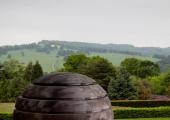
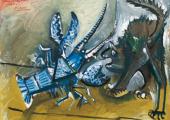
Picasso the genius, the sensualist, the womaniser, the priapic beast. This much we think we know of the great Spanish artist. But how about Picasso the political activist? Picasso the supporter of women’s causes? Picasso the… feminist? Oh, yes, that Picasso. In a landmark Liverpool exhibition focusing on the years 1944 to his death in 1973, and bringing together 150 works from around the globe, Picasso becomes all of these things.
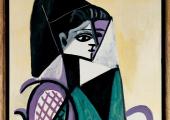
The war was over, Picasso was finally free to leave the privations of Paris behind him and to spend more time in the South of France, marking a return to his Mediterranean heritage. The Gagosian Gallery’s exhibition, curated by Picasso’s distinguished biographer John Richardson and the artist’s grandson Bernard Ruiz-Picasso, focuses on those Mediterranean years, between 1945 to 1962, when the artist was moving easily between styles.

Next week sees the opening of an exhibition at Marlborough Fine Art of new work by Maggi Hambling, one of the most innovative and prolific - not to mention flamboyant - artists working in Britain today, which neatly coincides with a show of sea paintings at the Fitzwilliam in Cambridge. You can see a selection in theartsdesk's gallery. Born in 1945, she has a reputation for being fierce and she’s certainly imposing – had she opted for a career in the performing arts she’d have given Edith Evan’s Lady Bracknell a run for her money – but she’s also extremely good company. And she’s a grafter, rising before dawn and putting the hours in before collapsing with a whisky in front of Coronation Street. “Well, one has to keep in touch with reality somehow,” she told me when I recently visited her at her studio in Suffolk.
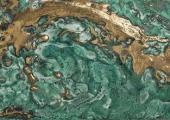
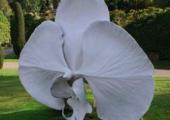
Thanks to the wonders of council applications, theartsdesk can bring you an exclusive preview of Marc Quinn's new sculptures to be placed outside the White Cube gallery on the grass of Hoxton Square.
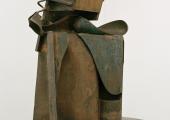
Anthony Caro makes works with the human figure in mind. The venerated sculptor, who, at 86, remains seemingly unstoppable, came to prominence in the early Sixties with his brightly coloured abstract steel sculptures. These, such as his seminal 1962 work, Early One Morning – an open-form sculpture of welded steel plates and delicately balancing rods painted in bright red – chimed with an era of optimism and confidence. Any figurative references were entirely incidental.
